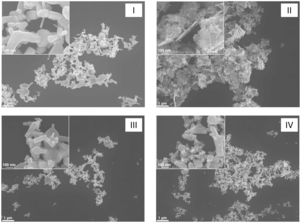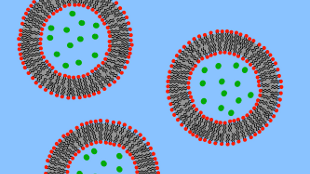Smartest Choices for the best Nanoparticles Now
The broad spectrum of antimicrobial action of silver, the lack of resistance to it in most pathogenic microorganisms, low toxicity, absence of silver allergy and also good patient tolerance contribute to increased interest in silver in many countries of the world. The match between nitride and nanoparticles happens to be essential now.
The action of silver is not specific to infection such as antibiotics, but to cell structure. Any chemically stable cell-free cell bacteria and other cell-walled organisms, such as extracellular viruses, have such a cellular structure is exposed to silver. Because mammalian cells have a completely different type of membrane which does not contain peptidoglycans, silver has no effect on them.
Colloidal nano-silver
A new antibacterial product made of microscopic silver nanoparticles suspended in demineralized and deionized water. It is a product of high scientific technology. More and more medical, hygienic and cosmetic products are appearing on the shelves of pharmacies and shops with silver nanoparticles or with silver ions. What is the difference between these two terms? Often, consumers do not see the difference between silver nanoparticles and silver ions. Meanwhile, silver nanoparticles and silver ions have significant differences.

The difference in Physical Activity
This is a silver atom devoid of electrons. For this reason, the icon is always active, charged. An ion loses its activity due to the addition of a missing electron itself and as a result, ceases to be efficient. Depending on the composition in which they are present, the ions lose their activity very quickly due to the addition of a missing electron to themselves by connecting with the components of the composition and cease to be efficient. As soon as the silver ion is combined with any substance, it ceases to be pure silver. It becomes part of another molecule, which no longer has the properties for which the ion was used in the composition of the product.
When applying cosmetics with silver ions on the surface of the epidermis the silver will have time to neutralize a small number of bacteria, but they cannot overcome the epidermal barrier and cannot completely destroy the outbreaks of infections. That silver ions to enter the dermis, you must use such amount of funds that will have a negative effect on the body.
Silver nanoparticles
These are several thousand silver atoms combined in small crystals. They are balanced and neutral. When applying a cosmetic product with silver nanoparticles on the surface of the epidermis, the nanoparticles do not tend to combine with other substances because they do not have an imbalance in the number of electrons, which means that they do not lose their activity for a long time and can have a longer effect. Silver nanoparticles easily penetrate the inner layers of the skin and have a powerful antibacterial effect precisely because of its size.
The difference in the mechanism of antibacterial action
Silver ions act on the principle of inhibiting the vital functions of bacteria. By penetrating the bacteria, the silver ions act as toxins, poisoning the bacteria, thus causing its death. Silver ions block the channels through which the bacteria feed, exercising their vital functions. In the process of killing bacteria, this way a very large amount of ions is consumed, which is why ion preparations give a short and incomplete effect because it is impossible to provide the right amount of ions in the dermis constantly and in quantity correct.

